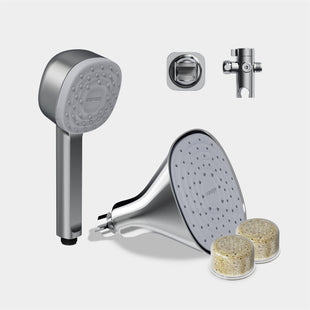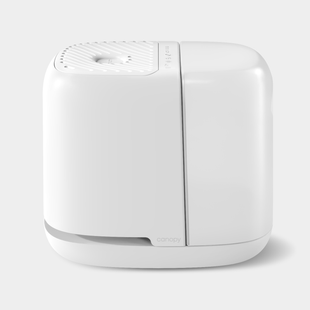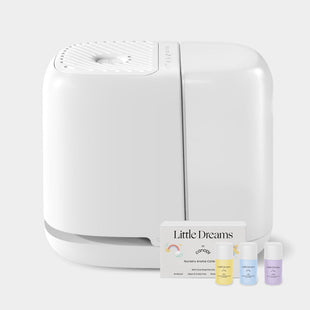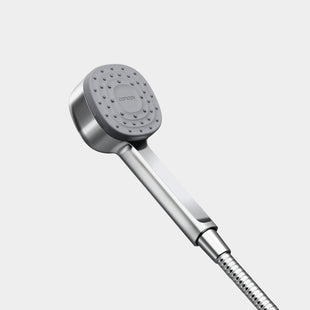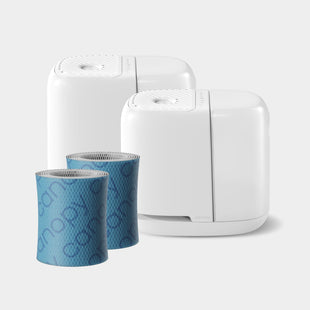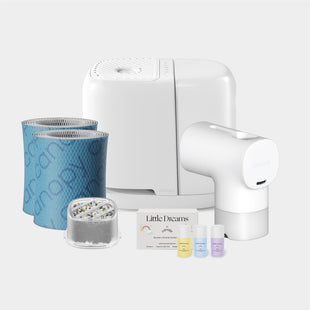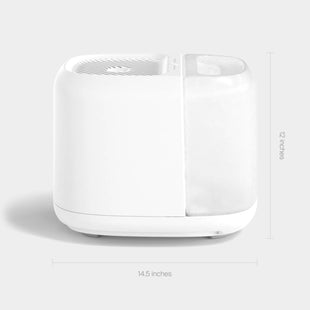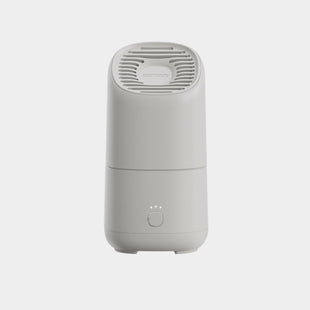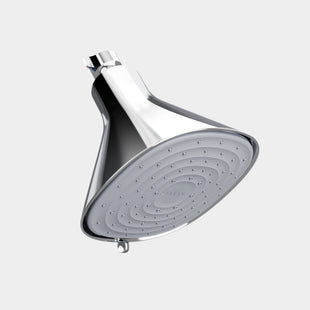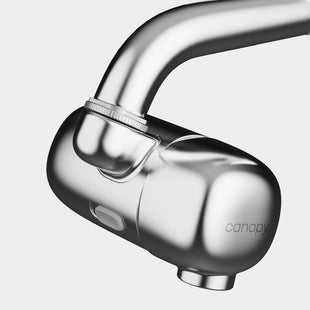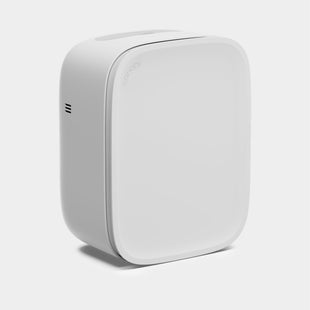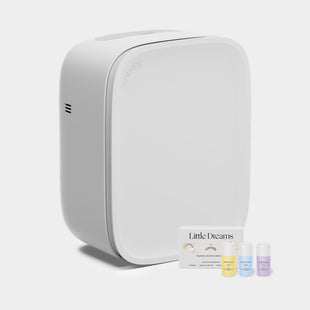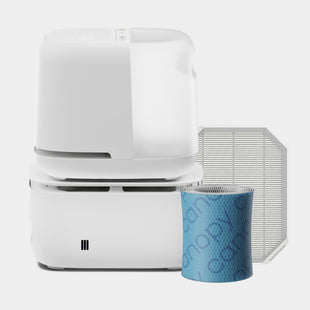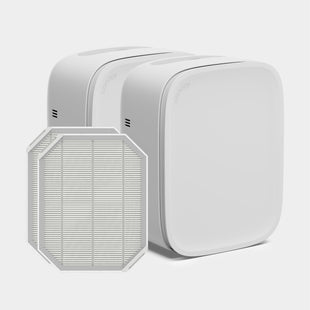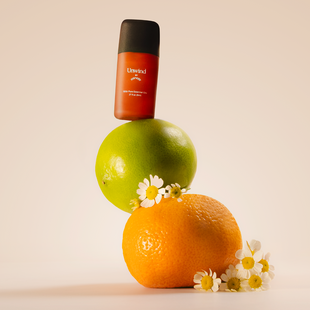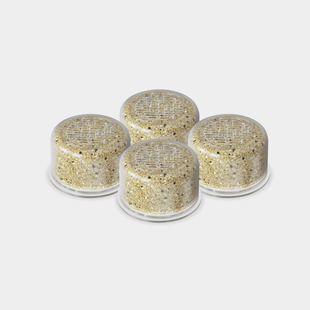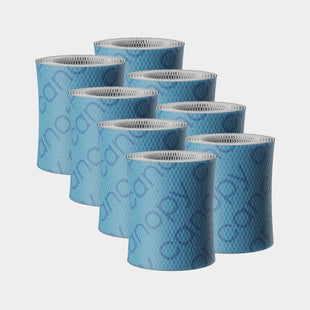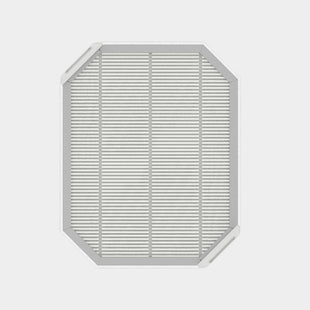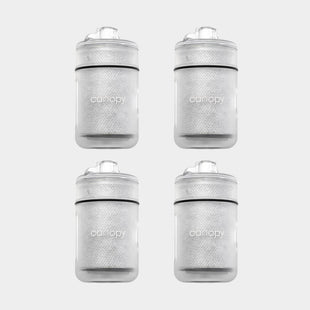As every toddler parent knows, raising little ones comes with wonderful moments and challenges alike—and bath time is no exception. Although many infants embrace the warmth of a suds session, parents often encounter resistance from 1-, 2-, and 3-year-olds as they begin to test boundaries. Fortunately, exploring how to make toddler bath time fun can make the process easier for everyone.
Let's take a deep dive (or splash) into toddler bath time, including strategies for helping your little one feel excited about their bathing routine.
3 Things to Know About Toddler Bath Time
It’s Developmentally Beneficial
Routine baths during childhood provide the foundation for a lifetime of healthy hygiene habits. However, many parents are surprised to discover that toddler bath time promotes their development in other ways. It provides one-on-one time to foster bonding with you, offers opportunities to become more independent, and can support fine motor skills1.
Safety Is Important

By toddlerhood, many safety concerns that come with bathing babies have subsided. For instance, they can sit up on their own and may even know how to float. But it’s still just as critical to address water risks:
- Always stay near your toddler when they’re bathing.
- Avoid filling the tub too high.
- Use anti-slip mats to prevent falls in and around the bath.
- Make sure the water is at a safe temperature by testing it with your hand first. Using water that’s too hot could scald delicate skin and cause dryness.
- If your baby has skin sensitivities or conditions such as eczema, monitor and adjust your water quality as needed to avoid further irritation. Bathing your baby in water containing excess chlorine or other contaminants will likely exacerbate these issues and harm their hair. Soft, filtered water, on the other hand, will be gentler on your toddler’s skin.
Power Struggles Are Normal
If your child seems to hate the bath, they’re not alone. In fact, there are several reasons why the experience can be off-putting to little ones, including:
- Overwhelming sensory input: The rushing water, the feel of soap or washcloths on their skin, and scents of soap can be a lot for your child to process all at once.
- Fears: Young children have vivid imaginations, which means fears that may seem unfounded to us (such as being sucked down the drain) can be intense for them2.
- Disruption to play: If your child is doing something they enjoy and it’s suddenly disrupted for bath time, they may try to resist or delay the transition to the next activity.
The good news is that there are ways to continue playtime even when your little one needs to get clean.
How to Make Bath Time Fun for Toddlers
Switch Up the Timing
Sometimes, young children may protest bath time simply because they’re tired. If it’s usually the last thing you do before bed, consider altering the timing, such as moving it up before dinner.
Give Them a Countdown
Instead of abruptly rushing into bath time, try giving your toddler a countdown by letting them know they have five more minutes to play before it’s time to wash up. Of course, once your child gets in the bath and starts having fun, they may not want bath time to end! Generate excitement for the next activity by planning something fun post-bath: Allow them to pick out a book to read together or a song to listen to before bed.
Offer Independence
Experts note that many children are ready to wash themselves between the ages of 2 and 5. While you can still help as needed, allowing them to wash and rinse themselves can foster independence and may help alleviate power struggles3.
Try Toddler Bath Time Ideas for Play
Since wanting to play can be a source of toddler resistance to baths, make tub time more interactive and fun. Here are a few ways to incorporate play into bathing:
- Bath Crayons: Writing on the walls is usually off-limits, but bath crayons will appeal to budding artists. Specially formulated for tubs, these writing instruments have pigments that wipe off easily.
- Bubbles: If your youngster loves bubbles, see who can pop the most!
- Music: Use a bathroom-safe speaker to play your little one’s favorite songs, and turn bath time into a sing-along.
- Toys: From mini boats that float to gears and tubes that suction to the wall, there’s no shortage of bath toys available today. But if you prefer a simpler approach, a couple of colorful cups in different sizes might also pique your little one’s interest.
Better Baths Thanks to Canopy
Bathtime is a chance for play, exploration, and bonding, so the tub should be a safe and comfortable environment. Make your baby’s next bath better with the Canopy Baby Bath Tub Filter, a multi-purpose device that reduces chlorine and other contaminants in bath water, helps parents monitor water temperature, and provides a soft protective cover for the metal spout.
Available in 5 soothing and stylish pastel shades, the Baby Bath Tub Filter is an all-in-one device made for sensitive baby skin. Whether you’re washing up after playtime or winding down before bedtime, it’s the perfect addition to any bath. Best of all, it’s easy to install—no tools needed—and dishwasher-safe.
Our tri-media filter reduces chlorine and other contaminants that can decrease hydration in the skin’s outermost layer, according to physicians21. Every device comes with a filter and the option to subscribe for quick and convenient replacements every 90 days.
Sources:
- (February 25, 2019). Developmental Benefits of Bath Time. Baby Sparks. Retrieved March 26, 2025, from https://babysparks.com/2019/02/25/developmental-benefits-of-bath-time/
- Haney, J. (April 2, 2018). Why some kids hate the bath and what to do about it. Today’s Parent. Retrieved March 26, 2025, from https://www.todaysparent.com/family/family-life/why-some-kids-hate-the-bath-and-what-to-do-about-it/
- Carlson, A. (December 23, 2024). Personal Hygiene Milestones: A Guide for Parents. Connecticut Children’s. Retrieved March 26, 2025, from https://www.connecticutchildrens.org/growing-healthy/personal-hygiene-milestones-guide-parents

